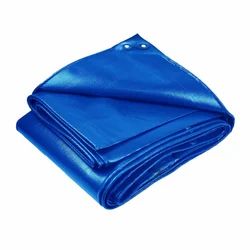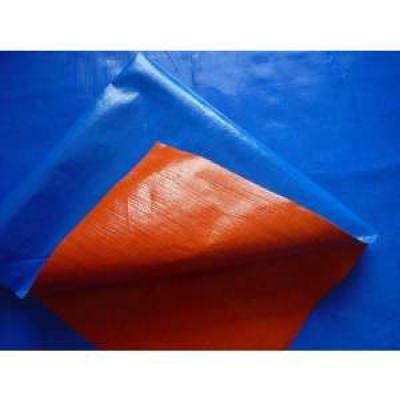Using PE (Polyethylene) tarpaulin to protect your garden can be an effective way to safeguard your plants and soil from various environmental factors and pests. Here’s how you can use PE tarpaulin to protect your garden:
- Frost Protection: During cold weather, especially in late spring or early fall, frost can damage or kill sensitive plants. Covering your garden with a PE tarpaulin overnight can help trap heat and provide insulation, preventing frost damage. Be sure to remove the tarp during the day to allow sunlight and air circulation.
- Heavy Rain Protection: Excessive rainfall can lead to waterlogging and root rot in your garden. Place tarpaulins over vulnerable plants or garden beds to prevent excessive moisture accumulation. Make sure the tarp is sloped to allow rainwater to run off.
- Sun Protection: On hot summer days, the intense sun can scorch your plants. Use a tarp to create shade by suspending it above delicate plants or constructing a temporary shade structure. This prevents sunburn and wilting.
- Pest Prevention: Birds, insects, and small animals can damage your garden by eating or trampling on your plants. Covering your garden with a tarpaulin can act as a barrier, keeping pests away. Ensure the tarp is securely fastened to prevent entry points for pests.
- Weed Control: Lay down a trpaulin as a weed barrier before planting your garden. Cut holes or slits in the tarp to allow your desired plants to grow while inhibiting weed growth. This reduces the need for constant weeding.
- Early Planting: You can use a tarp to warm the soil before planting. Lay the tarp over the garden bed for a few weeks before the growing season begins. The trapped heat will help raise the soil temperature, allowing you to start planting earlier.
- Protection from Hail: In regions prone to hailstorms, a tarpaulin can serve as a temporary hail shield during severe weather events. Secure the tarp above the garden to minimize damage from hailstones.
- Season Extension: To extend your growing season, use a tarp to create a mini greenhouse or cold frame. This can allow you to grow crops well into the fall or start them earlier in the spring.
- Drying Area: After harvesting herbs, vegetables, or fruits, spread them out on a clean tarpaulin in the sun to dry. The tarp provides a clean, dry surface while speeding up the drying process.
- Soil Erosion Prevention: If you have sloped areas in your garden prone to soil erosion, use tarpaulins to create erosion barriers. Secure the tarp in place to prevent soil from washing away during heavy rains.
Remember to use quality, UV-resistant PE tarpaulins and secure them properly to ensure they effectively protect your garden. Adjust the tarp’s positioning and use as needed based on weather conditions and seasonal requirements to maintain a healthy and thriving garden.


















